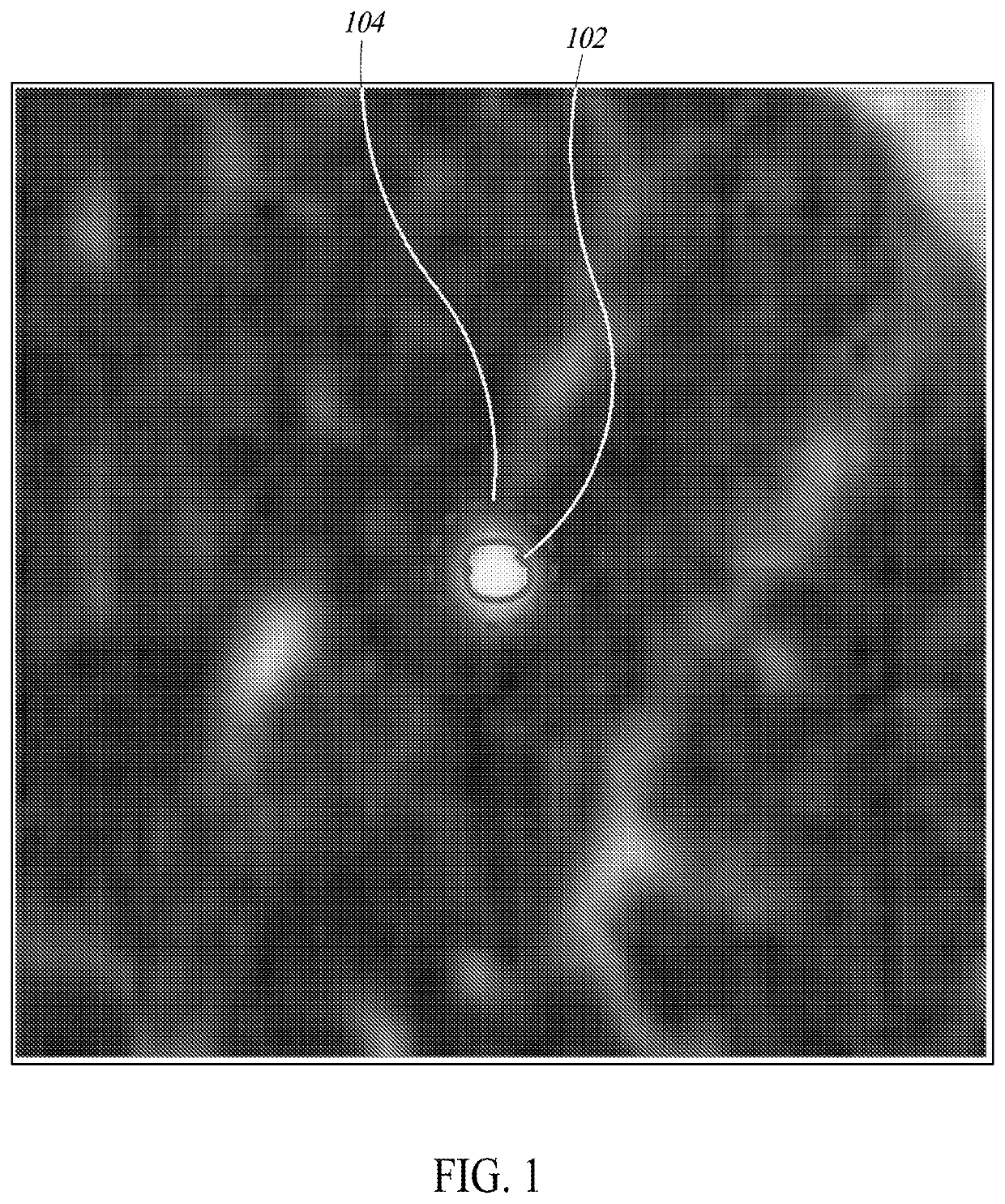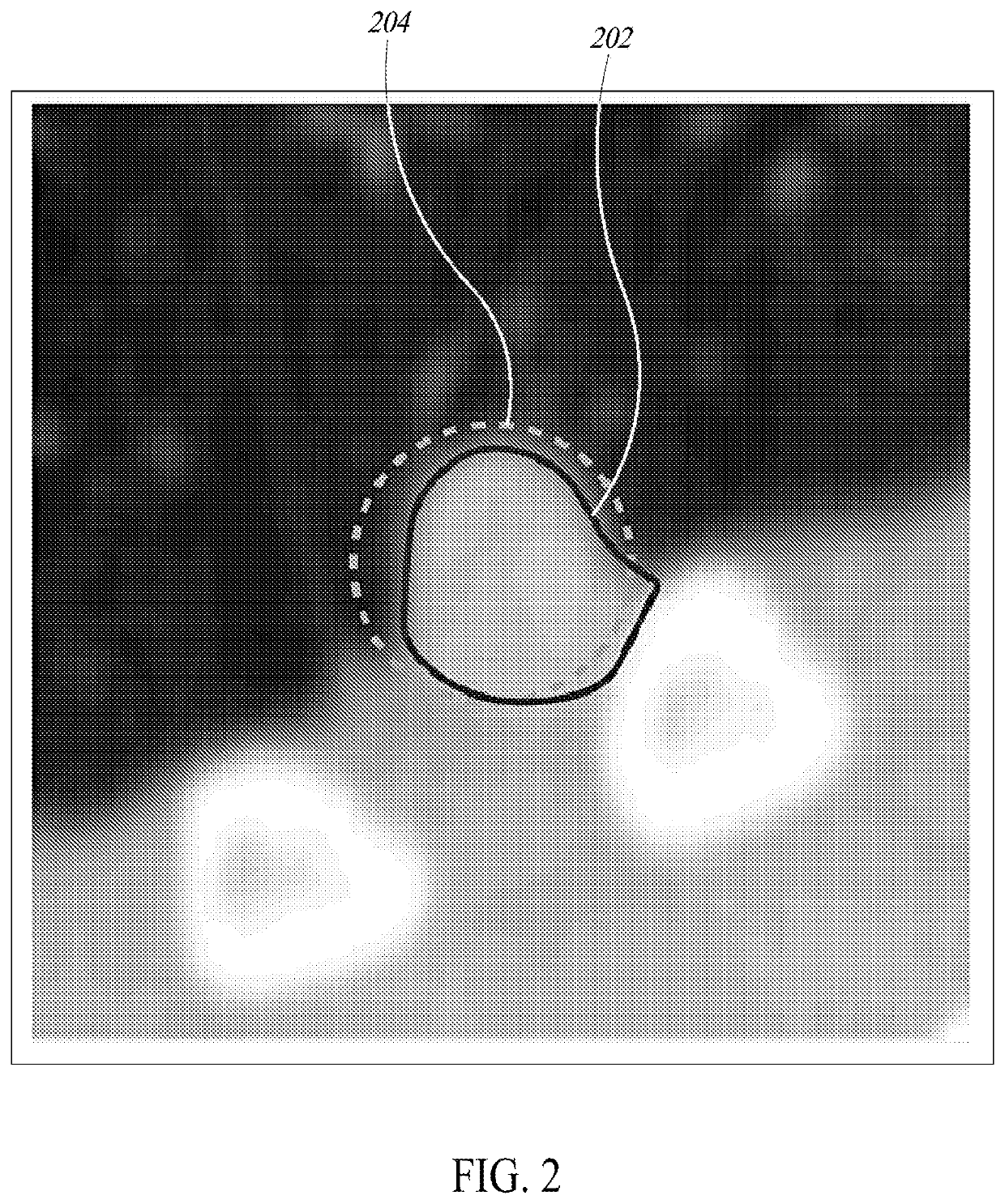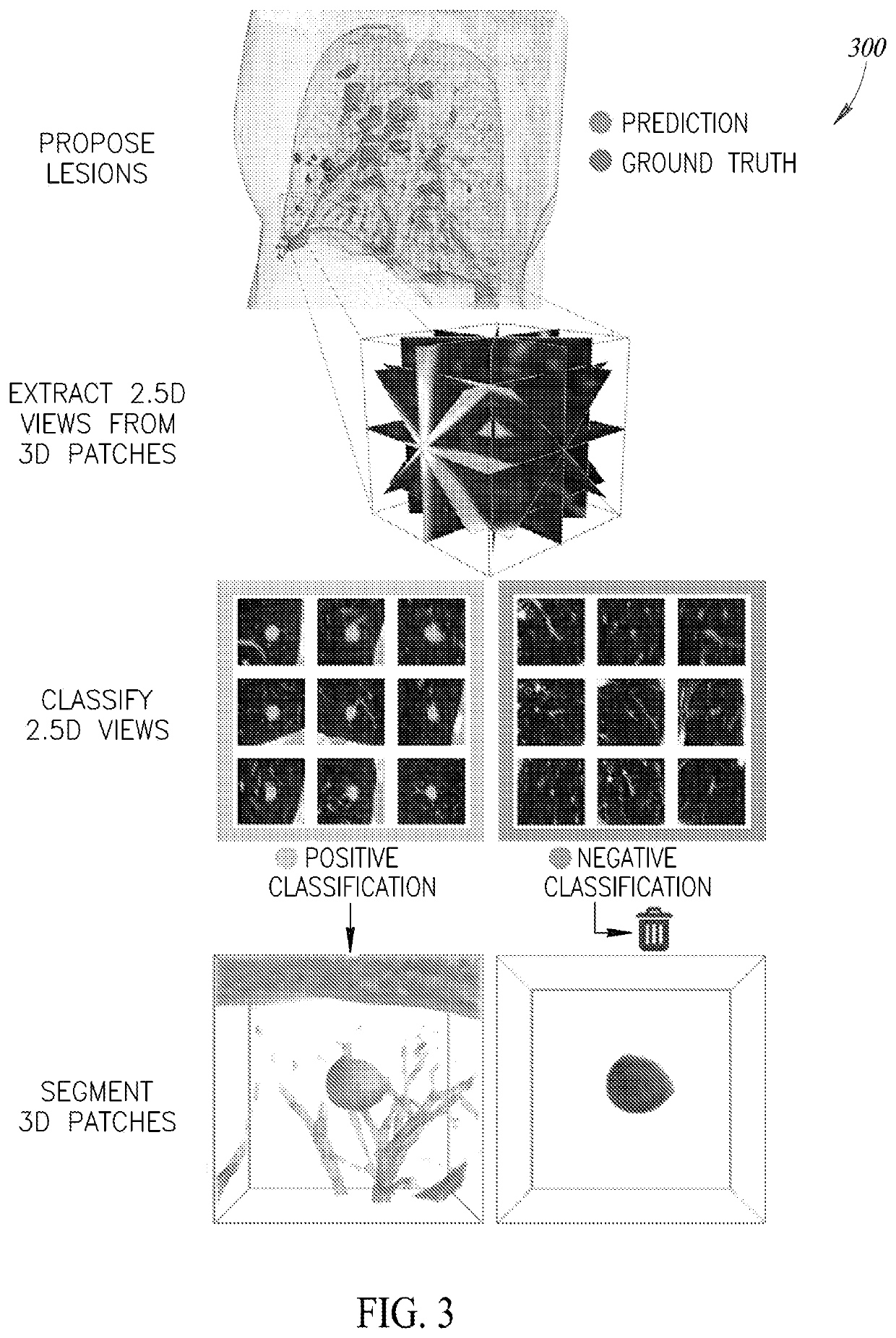Automated lesion detection, segmentation, and longitudinal identification
a technology of lesion detection and segmentation, applied in the field of automatic lesion detection, segmentation and longitudinal identification, can solve the problems of increasing the difficulty of synthesizing the results from the many gathered series, the difficulty of careful quantitative assessment of lung and liver lesions, and the inability to provide as much information as mri
- Summary
- Abstract
- Description
- Claims
- Application Information
AI Technical Summary
Benefits of technology
Problems solved by technology
Method used
Image
Examples
1st embodiment (
CT Example): Lund Augmented Workflow
[0357]GUI that Comprises Automated and Manual Tools for Chest CT Analyses
[0358]Setup
[0359]FIG. 47 shows a screenshot 4700 of an example GUI that allows for several lung CT studies to be displayed next to each other and be co-registered so that the same anatomy in the scans shows at the same time (e.g., 4702 and 4704). The image brightness and contrast may be automatically adjusted for optimal lung reading. Furthermore, this user interface can display several studies of this type at the same time in order to make it easy for the physician to compare images from the same patient over time. In both cases, the physician can scroll through studies, zoom, and move images to see the same anatomy in all of the different studies simultaneously. The system also offers manual and automated tools to level the brightness and contrast of the image based on the workflow selected.
[0360]Detection
[0361]The system is built to automatically detect and measure finding...
1st embodiment
[0409]Overview
[0410]FIG. 54 is a flow diagram of a process 5400 of operating a processor-based system to store information about a pre-localized region of interest in image data and to reveal such information upon user interaction, according to one illustrated implementation. The process 5400 begins at 5402 when image data is uploaded to a processor-based system. A pre-trained algorithm for lesion localization stored in a database at 5404 is used to localize lesions in the image data at 5406. This pre-trained algorithm may include one or more machine learning algorithms, such as, but not limited to, Convolutional Neural Networks (CNNs). In at least one implementation of the current disclosure, two unique CNNs are joined end to end; the first CNN proposes locations of potential lesions with a focus on high sensitivity, and the second CNN sorts through these proposed lesions and discards results determined to be false positives.
[0411]A pre-trained CNN model for segmentation of lesions...
PUM
 Login to View More
Login to View More Abstract
Description
Claims
Application Information
 Login to View More
Login to View More - R&D
- Intellectual Property
- Life Sciences
- Materials
- Tech Scout
- Unparalleled Data Quality
- Higher Quality Content
- 60% Fewer Hallucinations
Browse by: Latest US Patents, China's latest patents, Technical Efficacy Thesaurus, Application Domain, Technology Topic, Popular Technical Reports.
© 2025 PatSnap. All rights reserved.Legal|Privacy policy|Modern Slavery Act Transparency Statement|Sitemap|About US| Contact US: help@patsnap.com



